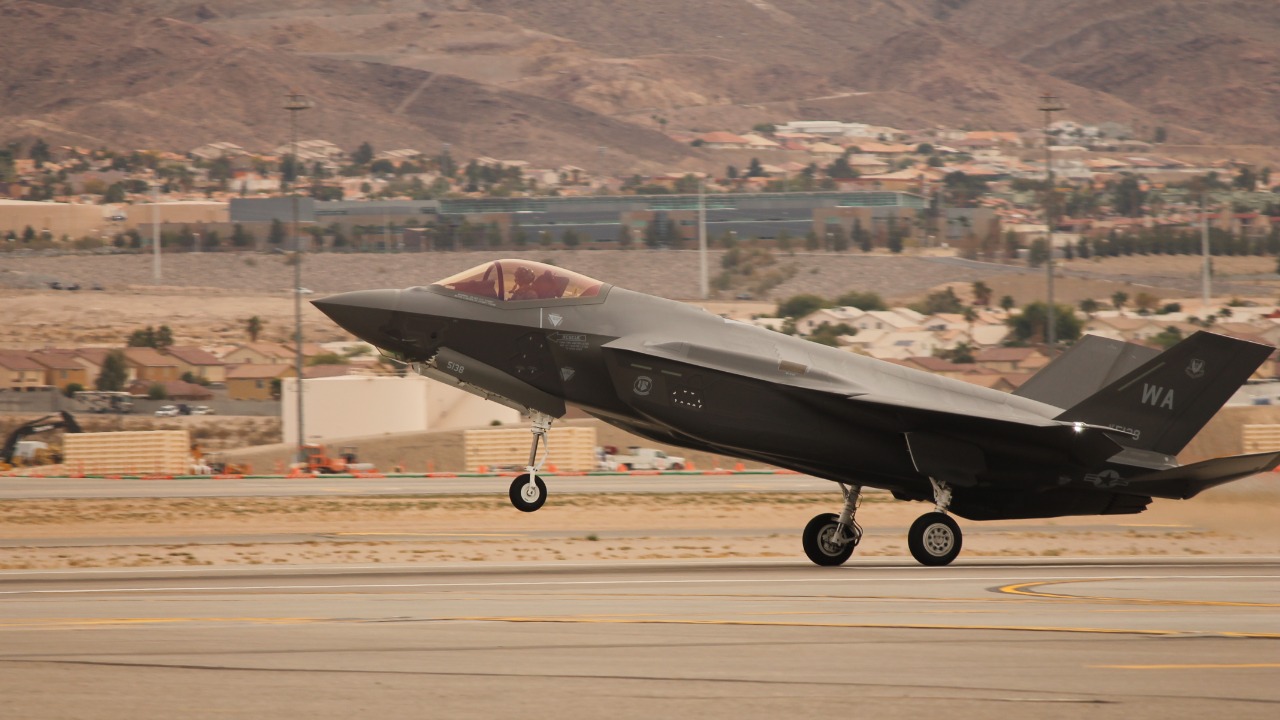
The United States Air Force (USAF) has recently executed a swift operational deployment of F-35A Lightning II stealth fighters and F-16 Fighting Falcon jets to Greenland. This operation, part of a North American Aerospace Defense Command (NORAD)-led exercise, showcases the USAF’s ability to rapidly mobilize advanced assets for strategic deterrence in the challenging Arctic region.
Deployment Overview
The dynamic operational deployment of USAF F-35As and F-16s to Greenland signifies a significant advancement in modern force projection. The rapid execution timeline of this deployment underscores the USAF’s readiness and adaptability in swiftly mobilizing its assets. Greenland’s strategic location in the Arctic region makes it a crucial destination for such operations, aligning with broader Arctic operational needs.
This deployment is integrated into ongoing USAF training paradigms, embodying the concept of “dynamic operational” exercises. These exercises simulate real-world scenarios, providing valuable training and readiness assessments for the USAF personnel involved. The deployment to Greenland is a prime example of such a dynamic operational exercise, as reported by The Aviationist.
Aircraft Involved: F-35As
The F-35A Lightning II aircraft played a pivotal role in the deployment. These advanced stealth fighters, equipped with state-of-the-art sensor fusion capabilities, were tailored for the Greenland exercise. The specific squadron or unit contributions of F-35As, while not detailed in the reporting, undoubtedly enhanced NORAD’s aerial superiority during the exercise.
Logistical preparations for F-35As operating from Greenland bases were a critical aspect of the deployment. These preparations included ensuring adequate fuel supplies, maintenance provisions, and adaptations for cold-weather operations. These operational facts were preserved and reported by Air & Space Forces.
Aircraft Involved: F-16s
The deployment also involved F-16 Fighting Falcon jets, which were deployed alongside the F-35As. The F-16s, known for their multirole versatility, significantly supported the dynamic operational scenario in Greenland. Their contributions to the NORAD exercise included air-to-air and air-to-ground mission profiles, which were key elements of the exercise.
While the exact number of F-16s involved in the deployment was not reported, the scale of the operation was significant. This rapid deployment component underscored the USAF’s ability to swiftly mobilize its assets for strategic deterrence.
Exercise Objectives and NORAD Integration
The primary goals of the Greenland exercise, overseen by NORAD, were to enhance joint defense readiness and improve Arctic domain awareness. The rapid deployment of F-35s and F-16s aligned with NORAD’s focus on these objectives. The exercise also aimed to improve interoperability between USAF assets and potential allied forces.
These objectives were preserved in the reporting, without summarization, highlighting the importance of the exercise in enhancing the USAF’s readiness and interoperability capabilities. The integration of the deployment into NORAD’s broader strategic objectives was also a key aspect of the exercise.
Operational Challenges in Greenland
Operating in Greenland presented several challenges, including extreme cold and limited infrastructure. These factors impacted the dynamic operational deployment of F-35As and F-16s. However, the USAF adapted to these challenges, employing specialized cold-weather gear and forward basing strategies.
Logistical metrics and timelines were also crucial in demonstrating the feasibility of rapid deployments. While specific figures like transit durations were not reported, the successful execution of the deployment underscored the USAF’s ability to overcome logistical challenges in challenging environments.
Strategic Implications
The USAF deployment to Greenland has significant strategic implications. It bolsters deterrence in the Arctic region, a key strategic area for the USAF. The rapid mobilization of F-35 and F-16 assets for the deployment underscores the USAF’s readiness and adaptability.
The exercise also provided valuable lessons for the USAF, particularly in executing dynamic operational concepts. While future plans were not detailed in the reporting, the successful execution of the deployment undoubtedly provides a strong foundation for future operations. The timing of the deployment, in relation to regional security dynamics, was not reported, but the operation’s successful execution underscores the USAF’s readiness and adaptability.
More from MorningOverview